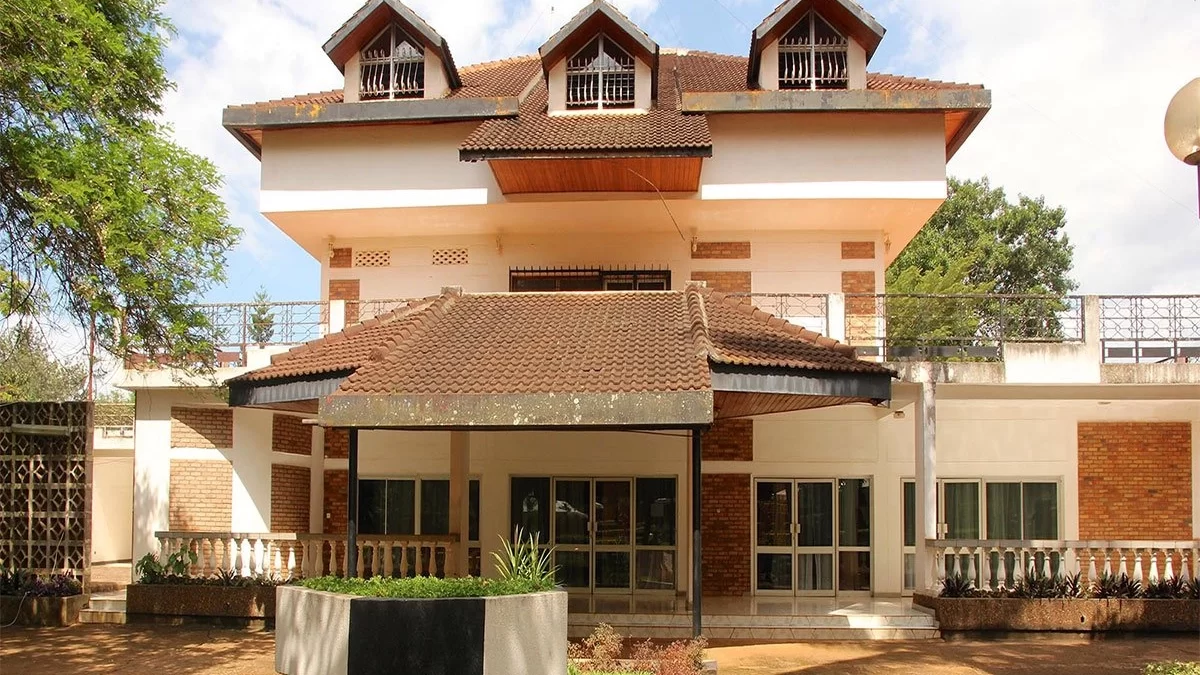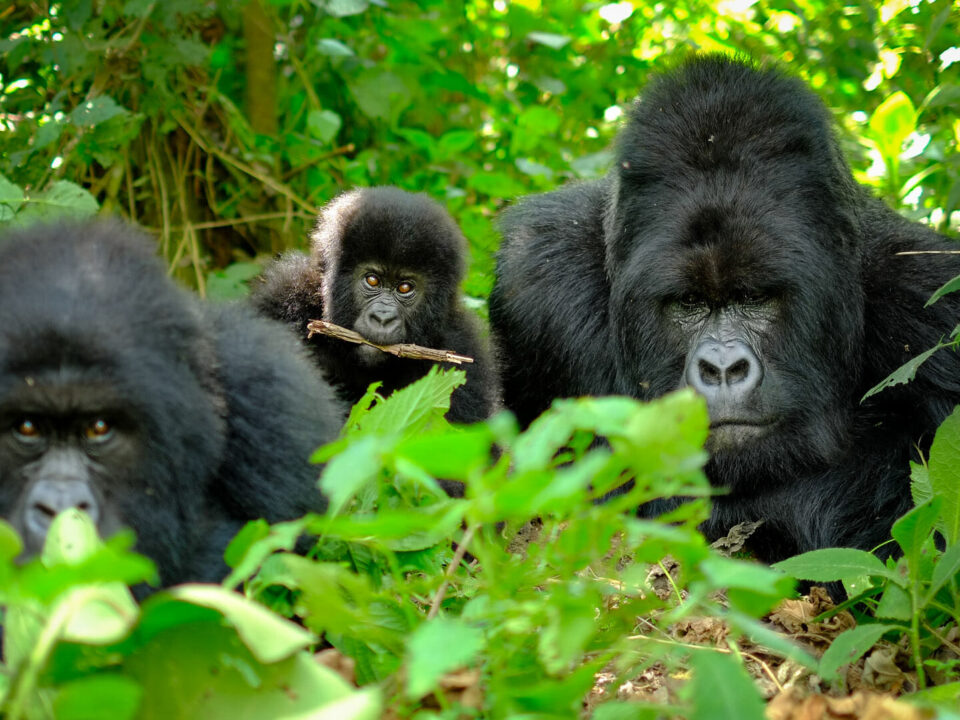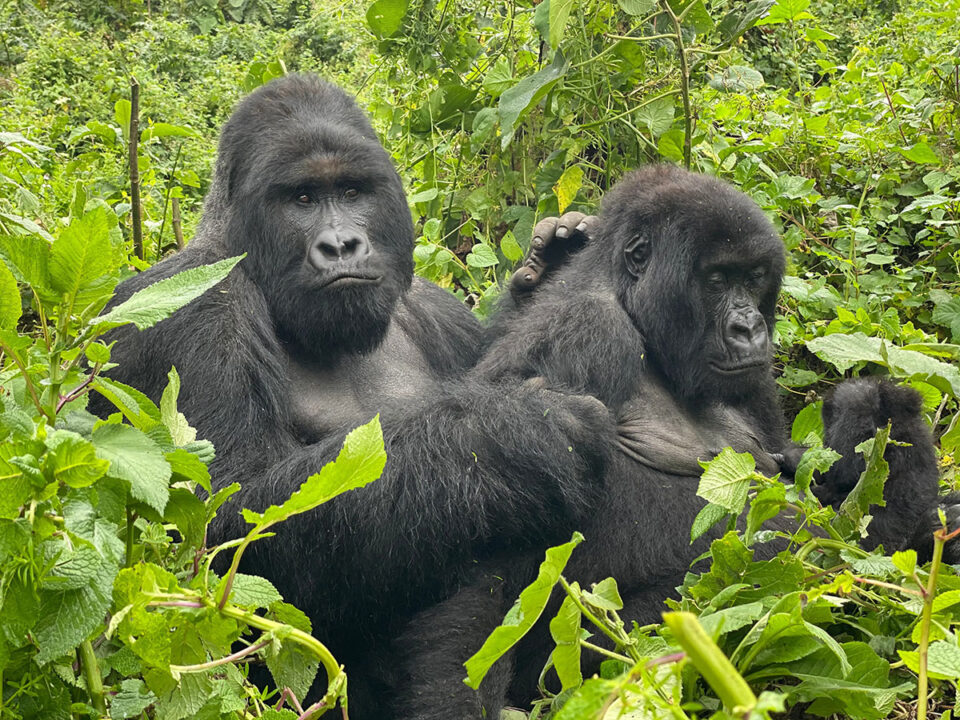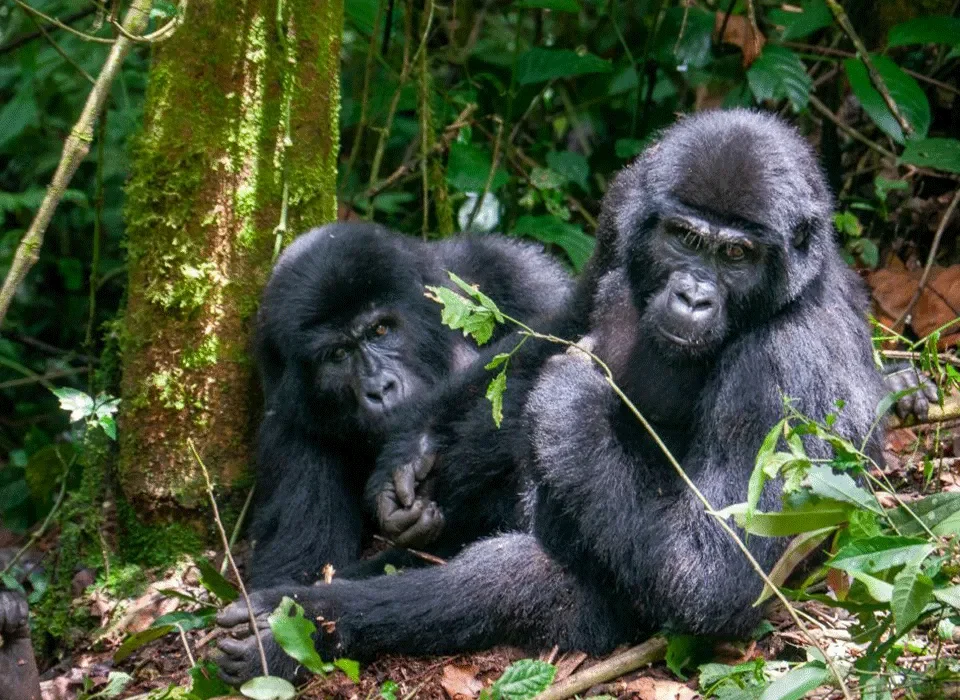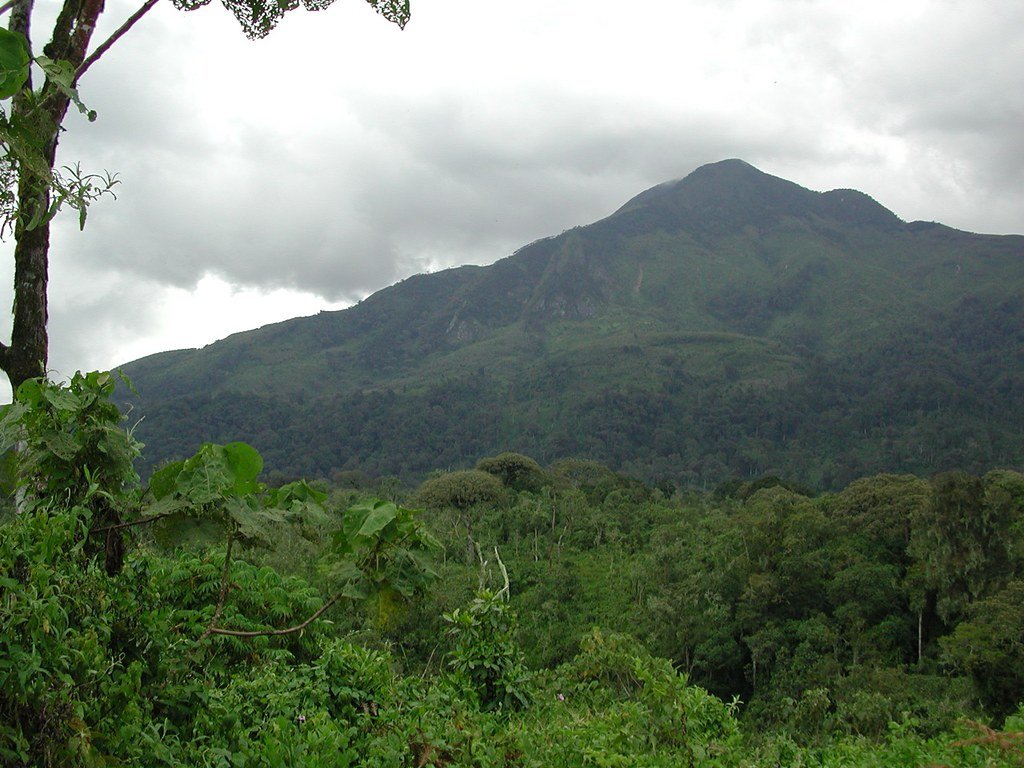
Hiking Mount Kahuzi and Biega
September 26, 2023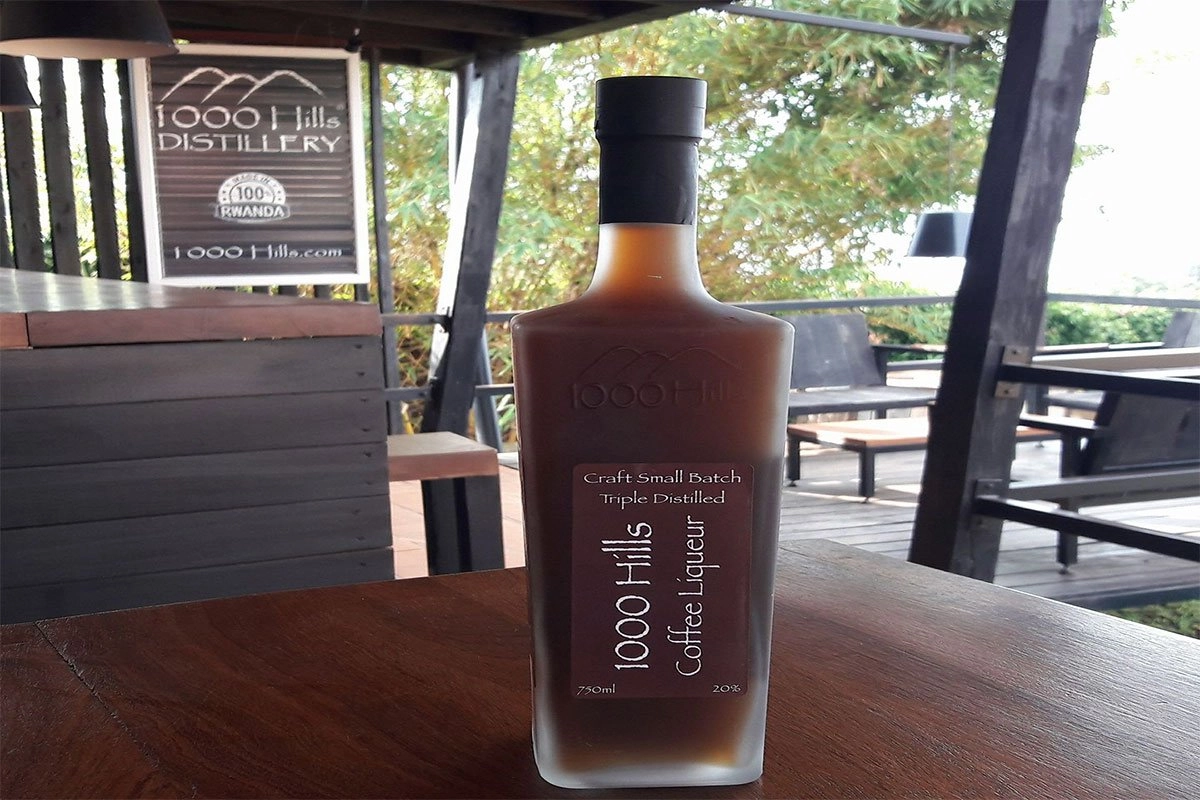
Visit the 1000 Hills Distillery in Kigali Rwanda
September 26, 2023Exploring Rwanda’s History: A Visit to the Presidential Palace Museum
Nestled in the heart of Kigali, the Presidential Palace Museum offers a poignant journey through Rwanda’s tumultuous past, making it a must-visit among Kigali’s attractions. This museum, once the residence of Presidents Juvenal Habyarimana and Pasteur Bizimungu during the ’70s to the ’90s, stands as a testament to pivotal moments in Rwandan history.
Unveiling the History: The Presidential Palace Museum
The Presidential Palace, now a museum, carries the weight of history within its walls. It was here that the tragic event of April 6th, 1994, unfolded when President Juvenal Habyarimana’s FALCON 50 presidential plane was shot down, taking the lives of not only the Rwandan President but also the Burundian President, Cyprien Ntaryamira. This event is often regarded as the spark that ignited the Rwandan Genocide, setting off a chain reaction of horrifying events orchestrated by the anti-Tutsi militias known as the Interahamwe, resulting in the massacre of hundreds of thousands of Tutsis.
The palace compound also houses a museum that vividly recounts the history of Rwanda, including the events that transpired during this dark period. As you explore the museum, you’ll encounter displays and exhibits that shed light on the nation’s past, providing valuable insights into the complexities of Rwanda’s journey.
A Rarely Explored Gem
One of Kigali’s less-explored treasures, the Presidential Palace Museum, often referred to as ‘Habyarimana’s house,’ opens its doors to curious visitors. For those unfamiliar with Juvenal Habyarimana, he was Rwanda’s President whose tragic plane crash set in motion the Rwandan Genocide.
Situated in Kanombe, on Kigali’s eastern outskirts, reaching the museum is relatively straightforward. Follow the road leading to the airport, and once you pass the airport, continue your journey for several kilometers until you reach the Kanombe military hospital on your right. Keep driving, and the asphalt road will transition into dirt. As you approach the Kanombe primary school on your right, the road will fork. Take the left fork, which will guide you to the museum’s entrance. The museum is open seven days a week, from 9 am to 5 pm, with the exception of umuganda, when it opens at 11 am.
For non-residents, entrance to the museum costs Rwf 6,000, while those with a resident visa pay Rwf 5,000. Don’t forget to carry your residency card, as it will be checked upon entry. If you wish to capture the moments with your camera, an additional fee of Rwf 2,000 is required, with photography permitted only in designated areas, excluding the interior of the house.
Exploring Habyarimana’s Legacy
Habyarimana commissioned the construction of the palace in 1976, taking residence in 1980. The house reflects the president’s influence in its design, resulting in an eccentric and somewhat unconventional layout. The palace’s rooms offer a mix of well-maintained spaces and areas showing signs of neglect and decay, hinting at Habyarimana’s own sense of fear and paranoia during his tenure as Rwanda’s head of state.
As you traverse the house, you’ll notice sensors strategically placed to alert the president to any movement, a testament to the challenging times Rwanda faced. The top floor holds a chapel on one side and a room where Habyarimana practiced witchcraft on the other. Here, magic potions were consumed, and animals were sacrificed in the presence of an in-house witch doctor.
A Glimpse of the Grounds
While the interior of the house tells a story of intrigue and power, the palace’s grounds offer a more tranquil view. Well-maintained gardens feature a variety of beautiful trees casting shade over lush patches of grass, crisscrossed by stone pathways. Amenities include a tennis court, swimming pool, an outdoor bar, and playground equipment. In the center of the garden, the remains of a concrete pond serve as a poignant reminder of Habyarimana’s pet, a 300-pound python believed to fend off evil spirits and instill fear in unwelcome visitors.
At the rear of the palace compound lies a somber reminder of history’s impact—the wreckage of Habyarimana’s Falcon 60 passenger jet. On April 6th, 1994, this plane crashed in the president’s own backyard, igniting the Rwandan Genocide. It also damaged the python’s pond, leading to the animal’s escape, never to be seen again.
A Thought-Provoking Experience
Exploring the Presidential Palace Museum typically takes one to two hours, depending on your curiosity and the questions you pose to your guide. While the house is in need of renovation, the preserved walls and furniture provide a unique opportunity to witness history in its raw form, preserving the atmosphere of a challenging period in Rwanda’s history.
The Presidential Palace Museum invites you to step into the past, offering a somber yet enlightening perspective on Rwanda’s journey. As you leave the museum, stay vigilant for any giant pythons lurking in the grass—another testament to the enigmatic legacy of Habyarimana’s house.

